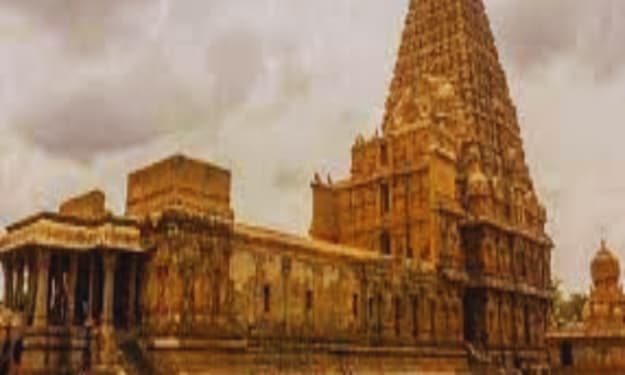
The Taj Mahal is a world-famous white marble mausoleum located in Agra, Uttar Pradesh, India. It was commissioned by Mughal Emperor Shah Jahan in memory of his beloved wife, Mumtaz Mahal, and was completed in 1653.
The Taj Mahal is considered a masterpiece of Mughal architecture and is recognized as one of the world's most iconic and beautiful buildings. It features a central dome surrounded by four smaller domes, with intricate carvings and inlaid with precious stones.
The Taj Mahal is a UNESCO World Heritage Site and attracts millions of visitors each year, making it one of the most popular tourist destinations in India. It is also a symbol of love and devotion, as it was built by Shah Jahan as a tribute to his late wife, whom he was said to have loved deeply
The love story behind the Taj Mahal is one of the most famous and romantic tales in history. It is said that Mughal Emperor Shah Jahan fell deeply in love with a young woman named Arjumand Banu Begum, who was later known as Mumtaz Mahal. They met in their youth and it is said that they fell in love at first sight.
Despite the fact that Mumtaz Mahal was already married, Shah Jahan was determined to make her his wife. He waited for five years before finally marrying her in 1612, when she was just 19 years old. They had a strong and loving relationship and Mumtaz Mahal was known to be Shah Jahan's trusted companion and advisor.
Sadly, in 1631, Mumtaz Mahal died while giving birth to their 14th child. Shah Jahan was devastated by her death and is said to have been inconsolable for weeks. He then made a vow to build the most beautiful monument in the world in her memory.
Thus, the construction of the Taj Mahal began in 1632 and it took 22 years to complete. The Taj Mahal is said to be a symbol of Shah Jahan's eternal love for Mumtaz Mahal, and it is also considered a tribute to the beauty and perfection of his beloved wife.
There are many interesting facts about the Taj Mahal, here are a few:
The Taj Mahal changes color throughout the day, appearing pinkish in the morning, white in the afternoon, and golden in the moonlight.
The Taj Mahal was built using white marble, which was transported from over 300 km away. It is said that more than 1,000 elephants were used to transport the marble.
The calligraphy on the Taj Mahal's exterior is not painted or carved, but inlaid with precious stones such as lapis lazuli, agate, and turquoise.
The four minarets surrounding the Taj Mahal were built at a slight angle so that they would fall away from the main tomb in the event of an earthquake, in order to protect it.
The Taj Mahal was not always white. It is believed that it was once covered in bright colors and patterns, but these have since faded or been erased.
The Taj Mahal is surrounded by beautiful gardens, which were inspired by the Islamic paradise gardens mentioned in the Quran.
The Taj Mahal is an engineering marvel and is said to have been constructed with advanced techniques, such as the use of a technique known as "pietra dura" which involves cutting and shaping different types of stones to fit together perfectly.
The Taj Mahal has survived many disasters over the years, including wars, earthquakes, and even a threat of demolition by the British during the Indian Rebellion of 1857.
The Taj Mahal is an ivory-white marble mausoleum located in Agra, India. It was commissioned in 1632 by the Mughal emperor, Shah Jahan, in memory of his favorite wife, Mumtaz Mahal, who died during childbirth. The construction of the Taj Mahal took over 22 years and employed thousands of workers from across India and beyond.
The Taj Mahal is regarded as one of the greatest works of Mughal architecture, a style that blended elements from Indian, Islamic, and Persian architectural traditions. The structure includes several elements that are emblematic of Mughal architecture, including onion-shaped domes, minarets, and intricate geometric patterns.
The construction of the Taj Mahal was completed in 1653 and it stands as a testament to the grandeur and opulence of the Mughal Empire. Today, it is considered one of the world's most iconic landmarks and is visited by millions of tourists each year. It was declared a UNESCO World Heritage Site in 1983 and is considered a symbol of India's rich cultural heritage.





Comments
There are no comments for this story
Be the first to respond and start the conversation.